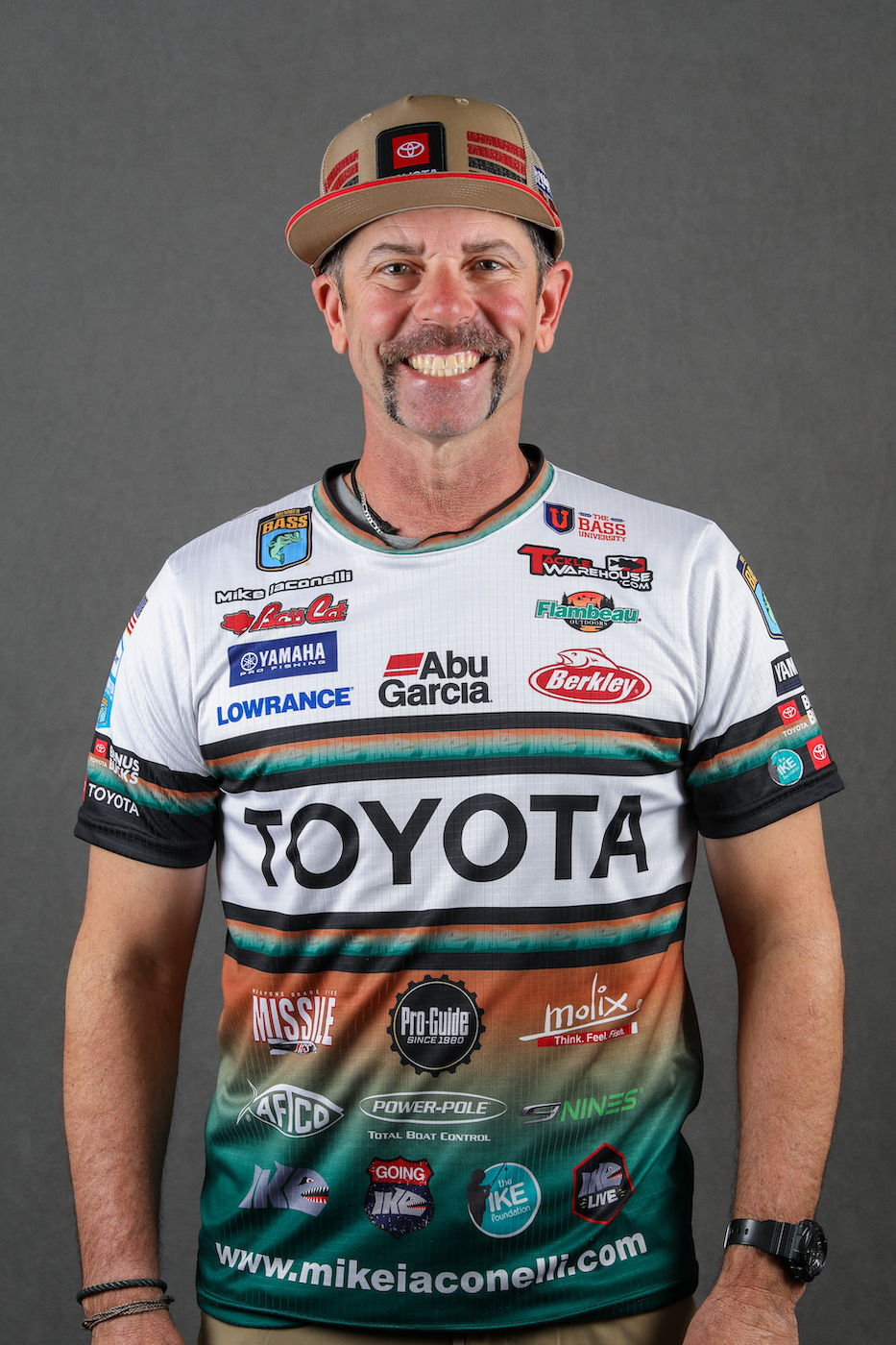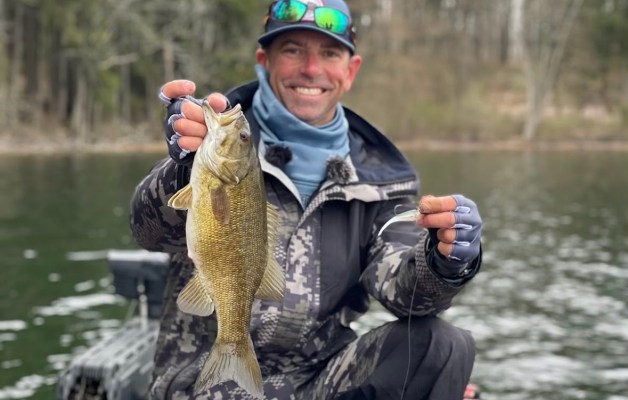
It’s time to go fishing. Before we do that, though, we need to make sure we’re in compliance with all the rules and laws. I’m writing this during the pandemic. I’m a firm believer in following local, state and federal guidelines, laws and rules that govern it. You also need to check out the laws about fishing licenses. I think every adult needs one everywhere I know about, and depending on where you’re fishing, kids might need one as well.
Follow the rules! And that means the regulations too. I’m talking about the size and the number of fish you can keep. Check too to see if there are any species that are off limits. You’ll have to throw them back immediately if you catch one, and you’re never allowed to target them.
So anyway, I want to say that I’ve caught fish everywhere — wilderness areas, suburban areas, metropolitan areas, ponds, streams, rivers, lakes and reservoirs. If there’s water, there is a 99.9% chance there’s a fish living in it. Fish are adaptable. Never forget that.
Starting your search for a place to fish begins with technology. You can find good spots on internet sites, discussion boards and satellite mapping views of waters. The place to start is with the state and local websites. Bassmaster.com has a lot of that kind of information on it, too, but smaller places can be found if you search for them. Not everyone lives near a major water system, but that doesn’t make any difference. You can still go fishing and have fun.
Private waters are around and are available if you handle things properly. Always ask — individuals and businesses alike — and never fish anywhere without permission. Most everyone will cooperate if they believe you’re a responsible person. That’s especially true if you make sure they know you’re working with new anglers and kids. Most people like that.
Another thing, you should remember to call your local tackle shop and ask for help. They’ll help you because they’re fellow anglers and because they want you to catch fish. They sell more fishing products that way.
We now know how to get started finding a place to fish. But you still have to know where to fish in that place. Let me say that every fish I’ve ever caught was on or near some change, or an area that is different somehow from the surrounding water. It might be a depth change, a rock, a stump, a tree laying in the water or even a dock. Do not forget what I just said. It might be the most important thing that’s in this column. Change is good. Different is good.
You should always fish around incoming water too, no matter if it’s a river, a stream, a creek or simply a ditch. And, that reminds me of something else. Fish love current. When you find current it’s usually a great place to fish, especially when the water is warm.
Another thing to keep in mind is that fish like vegetation that’s growing in the water. When it’s green it puts oxygen in the water and it gives them a place to hide and ambush their prey. It’s a rare patch of weeds or pads that doesn’t hold something that’ll pull back on your line.
The last thing I want to mention is, if you’re fishing a creek, stream or river, always fish its bends and anywhere else where it changes direction. Those spots have been consistent producers for me over the years.
At this point in the series we’ve done everything except catch a fish. So next time we’ll get that taken care of in no time flat.





